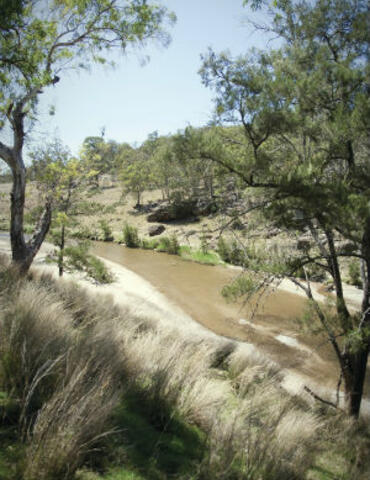Goulburn River National Park and Munghorn Gap Nature Reserve Plan of Management
The national park and nature reserve are located in a transition zone of plants from the south-east, north-west and western parts of the State. The Great Dividing Range is at its lowest elevation in this region and this has resulted in the extension of many plants species characteristic of further west in NSW into the area. In addition a variety of plant species endemic to the Sydney Sandstone reach their northern and western limits in the park and reserve.
Goulburn River National Park and Munghorn Gap Nature Reserve, together with Wollemi, Yengo and Blue Mountains National Parks, act as a large integrated park system providing corridors between the major botanical divisions of the Central Western Slopes, the Central Tablelands, the North and Central Coasts.
The national park and nature reserve are rich in wildlife and support high numbers of vulnerable, threatened and endangered animal species. The national park plays a major role in the conservation of the nationally-threatened brush-tailed rock wallaby.
The Goulburn River, which flows through much of Goulburn River National Park, has incised a wide gorge flanked by cliffs and caves. The wide, open floodplain of the river and rugged gorge walls provide an excellent environment for selfreliant recreational activities such as walking and photography. The national park and nature reserve also provide opportunities for camping, picnicking, walking on tracks, scenic drives and horse riding.
Photo: Goulburn River National Park. Credit: N Cubbin/OEH.
